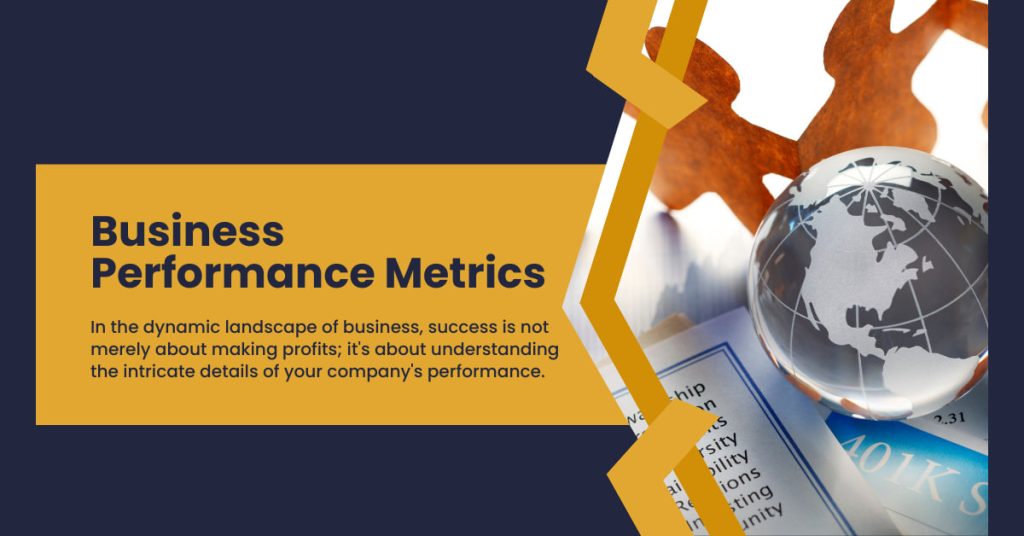In the dynamic landscape of business, success is not merely about making profits; it’s about understanding the intricate details of your company’s performance. This understanding is facilitated by business performance metrics – the key indicators that provide invaluable insights into various aspects of your organization’s health, efficiency, and growth potential.
The Importance of Business Performance Metrics
Business performance metrics serve as a compass, guiding decision-makers in identifying strengths, weaknesses, opportunities, and threats. By quantifying and analyzing key data points, businesses can gain a deeper understanding of their operations, make informed strategic decisions, and drive sustainable growth.
Key Categories of Business Performance Metrics
Financial Metrics: Financial metrics provide a snapshot of a company’s fiscal health and performance. These include revenue, profit margins, cash flow, return on investment (ROI), and financial ratios such as debt-to-equity and current ratios. Financial metrics help assess profitability, liquidity, and overall financial stability.
Operational Metrics: Operational metrics focus on the efficiency and effectiveness of business processes. This category encompasses metrics related to production output, supply chain management, inventory turnover, cycle times, and quality control. Operational metrics highlight areas for improvement, streamline processes, and optimize resource allocation.
Customer Metrics: Customer metrics gauge customer satisfaction, loyalty, and engagement levels. Metrics such as Net Promoter Score (NPS), customer retention rate, customer acquisition cost (CAC), and customer lifetime value (CLV) provide insights into customer perceptions, preferences, and behaviors. Customer metrics drive customer-centric strategies, enhance brand loyalty, and foster long-term relationships.
Employee Metrics: Employee metrics focus on workforce productivity, engagement, and satisfaction. Metrics such as employee turnover rate, absenteeism, productivity per employee, and employee satisfaction scores shed light on organizational culture, morale, and employee performance. Employee metrics inform talent management strategies, improve retention rates, and boost overall productivity.
Selecting the Right Metrics
Choosing the right metrics is crucial for aligning performance measurement with strategic objectives and organizational priorities. Metrics should be relevant, actionable, measurable, and aligned with specific goals. Additionally, businesses should avoid the trap of focusing solely on lagging indicators and instead incorporate leading indicators that offer predictive insights and proactive solutions.
Leveraging Technology for Performance Management
In the digital age, advancements in technology have revolutionized performance management and analytics. Business intelligence (BI) tools, data analytics platforms, and dashboard reporting systems empower businesses to collect, analyze, and visualize data in real-time. Leveraging technology enables timely decision-making, facilitates collaboration across departments, and enhances agility in response to changing market dynamics.
Continuous Improvement and Adaptation
Business performance metrics are not static; they evolve in tandem with organizational goals, market trends, and industry benchmarks. Continuous monitoring, analysis, and refinement of metrics enable businesses to adapt to evolving challenges and capitalize on emerging opportunities. By fostering a culture of continuous improvement, businesses can stay ahead of the curve and drive sustainable success.
Business performance metrics serve as a compass for navigating the complexities of modern business environments. By leveraging the insights derived from key metrics, businesses can optimize performance, mitigate risks, and unlock new avenues for growth. As businesses embrace data-driven decision-making, the strategic use of performance metrics becomes increasingly indispensable in achieving long-term success in today’s competitive landscape.






